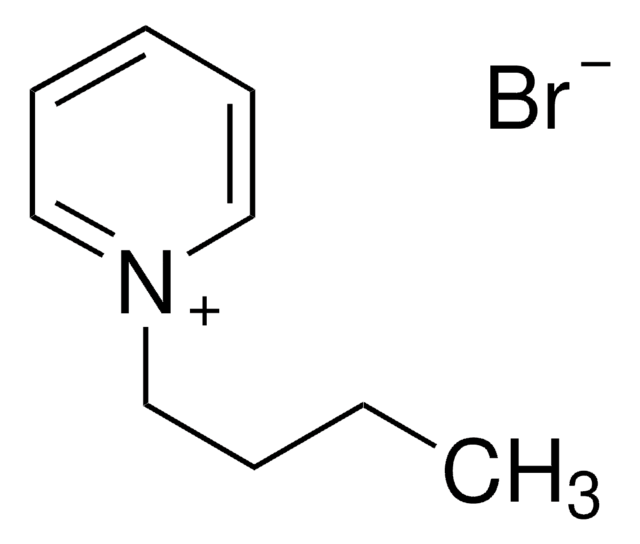SCP0168
Histone Deacetylase Substrate
≥95% (HPLC), lyophilized
Zaloguj sięWyświetlanie cen organizacyjnych i kontraktowych
About This Item
Wzór empiryczny (zapis Hilla):
C23H31N3O6
Masa cząsteczkowa:
445.51
Kod UNSPSC:
12352204
NACRES:
NA.32
Polecane produkty
product name
Histone Deacetylase Substrate,
Próba
≥95% (HPLC)
Postać
lyophilized
skład
Peptide Content, ≥85%
warunki przechowywania
protect from light
temp. przechowywania
−20°C
Amino Acid Sequence
BOC-Ac-Lys-AMC
Zastosowanie
BOC-Ac-Lys-AMC (MAL) is used as a fluorogenic substrate for assaying both human zinc and NAD+-dependent histone deacetylases.
This page may contain text that has been machine translated.
Kod klasy składowania
11 - Combustible Solids
Klasa zagrożenia wodnego (WGK)
WGK 3
Temperatura zapłonu (°F)
Not applicable
Temperatura zapłonu (°C)
Not applicable
Certyfikaty analizy (CoA)
Poszukaj Certyfikaty analizy (CoA), wpisując numer partii/serii produktów. Numery serii i partii można znaleźć na etykiecie produktu po słowach „seria” lub „partia”.
Masz już ten produkt?
Dokumenty związane z niedawno zakupionymi produktami zostały zamieszczone w Bibliotece dokumentów.
Birgit Heltweg et al.
Analytical biochemistry, 319(1), 42-48 (2003-07-05)
Histone deacetylases (HDACs) are involved in the regulation of transcription and their inhibitors are a promising class of new anticancer drugs. We have previously reported Boc(Ac)Lys-AMC, also termed MAL, as a fluorescent substrate for HDACs. Now we present a modification
Birgit Heltweg et al.
Methods (San Diego, Calif.), 36(4), 332-337 (2005-08-10)
Histone deacetylases are important regulators of transcription and an emerging target for anticancer drugs. We present an overview over various assay formats that include radiolabelled histones, oligopeptides, and small molecules as substrates. The advantages and disadvantages of the various formats
Neetinkumar D Reddy et al.
Chemico-biological interactions, 233, 81-94 (2015-04-01)
The potential of cinnamic acid as an anti-inflammatory and anti-cancer agent has been studied previously. In our investigation, novel bio-isosters of cinnamyl sulfonamide hydroxamate were synthesized, characterized and confirmed for their structure and evaluated for cytotoxicity. Three NCEs namely, NMJ-1
Nasz zespół naukowców ma doświadczenie we wszystkich obszarach badań, w tym w naukach przyrodniczych, materiałoznawstwie, syntezie chemicznej, chromatografii, analityce i wielu innych dziedzinach.
Skontaktuj się z zespołem ds. pomocy technicznej








